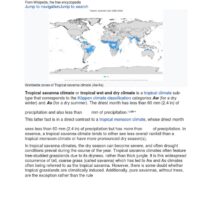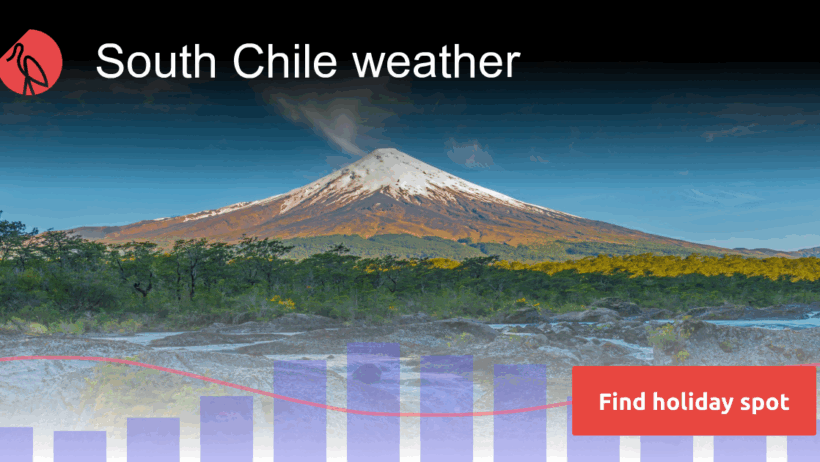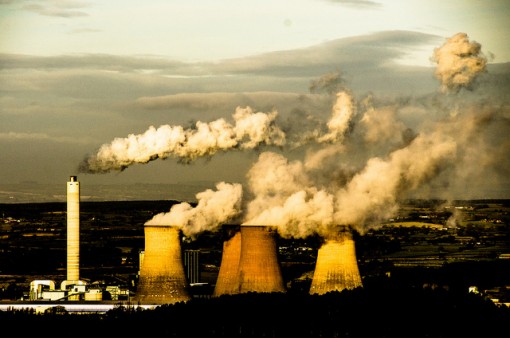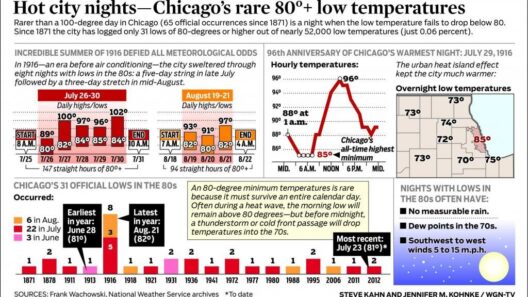Chile’s climate is an awe-inspiring showcase of extremes and contrasts, offering a meteorological journey from the arid deserts of the north to the frigid, glacial landscapes of the south. This remarkable climatic diversity not only captivates researchers and travelers alike but also unveils the intricate interplay between geography, altitude, and oceanic currents. Understanding Chile’s varied climate elucidates essential themes regarding environmental adaptation and climate change, engaging in a broader discussion about global ecological dynamics.
The northern region of Chile is dominated by the Atacama Desert, one of the driest places on Earth. Characterized by its unique moisture-deficient microclimates, the Atacama presents an enigma, where some areas have never recorded rainfall. The reason for this extreme aridity can be traced to the cold Humboldt Current that flows along the Pacific coast, coupled with the rain shadow effect created by the Andes Mountains, which block moisture-laden winds from reaching the interior. Conditions in this region are often described as hyper-arid, with daytime temperatures soaring under the relentless sun and cool nights that can drop sharply due to the desert’s lack of humidity. Such climatic conditions foster a distinct ecosystem, where life exists in a delicate balance, relying on resilience and adaptation.
The exceptional biodiversity of the Atacama Desert is a testament to nature’s tenacity. Despite its seemingly inhospitable nature, various species, including cacti and endemic flora, have developed intricate survival strategies. Notably, rare events of flowering, known as “desierto florido,” occur during especially wet years, transforming the barren landscape into a vibrant tapestry of colors. This phenomenon serves as a reminder of the cyclical nature of ecosystems and the significant impact of changing climatic conditions. These episodic blooms attract both scientific interest and tourism, revealing underlying concerns about the effects of climate variability on fragile habitats.
Moving southward, the climate begins to shift dramatically. Central Chile enjoys a Mediterranean climate characterized by hot, dry summers and mild, wet winters. This transition not only alters temperature patterns but also changes precipitation dynamics significantly. The fertile lands of the Central Valley, nourished by seasonal rains, support a robust agricultural sector, yielding an array of crops including fruits and vegetables. The juxtaposition of arid and fertile regions in a relatively compact area highlights the intricate interplay between climatic factors and economic productivity. However, this region also faces challenges such as deforestation, soil degradation, and pollution, leading to ongoing discussions regarding sustainable farming practices that harmonize agricultural productivity with ecological preservation.
As one travels further south, the climate of Chile undergoes another transformation, evolving into a temperate oceanic climate characterized by cooler temperatures and more consistent precipitation. This region sees lush forests and diverse ecosystems marked by species such as the magnificent Araucaria trees and dense evergreen forests. The temperate rainforests of southern Chile, influenced by the prevailing westerly winds and orographic lift, are vital carbon sinks. They play an essential role in combating climate change by sequestering carbon dioxide from the atmosphere. Consequently, the preservation of these rainforests becomes a key focal point in discussions surrounding environmental conservation and climate mitigation efforts.
Further south still, one encounters the Patagonian region, where the climate becomes increasingly cold and harsh. Glacial landscapes dominate the scenery, with the Southern Patagonian Ice Field standing as one of the largest contiguous extrapolar ice fields on the planet. The climate here is characterized by strong westerly winds and variable precipitation, experiencing cold temperatures year-round. Glaciers are a prominent feature, albeit now receding at alarming rates due to rising global temperatures. This melting not only alters the local landscape but also has far-reaching implications for sea-level rise and freshwater availability, thus underscoring the urgency of addressing climate change impacts.
The intricate tapestry of Chile’s climate reflects a collection of diverse ecosystems, each with its own vulnerabilities and strengths. The stark reality of climate change emphasizes the interconnectedness of these climatic zones. The shifting patterns not only affect local biodiversity and ecosystems but also have ripple effects on agriculture, water resources, and human livelihoods. As temperatures rise and extreme weather events become more frequent due to climate change, the delicate balance that sustains life in these distinct regions is increasingly jeopardized.
In summary, the climate of Chile, stretching from the arid deserts of the north to the glacial realms of the south, offers a compelling narrative that captivates and educates. Each geographic area showcases unique climatic conditions that influence ecological dynamics, human activity, and global environmental trends. By understanding and preserving this diversity, Chile stands at the crossroads of climate resilience and ecological conservation. Only through awareness and action can such a breathtaking array of climates continue to thrive against the backdrop of a changing world.








